Home>Articles>How Much Smoke Is Needed To Trigger A Smoke Detector?
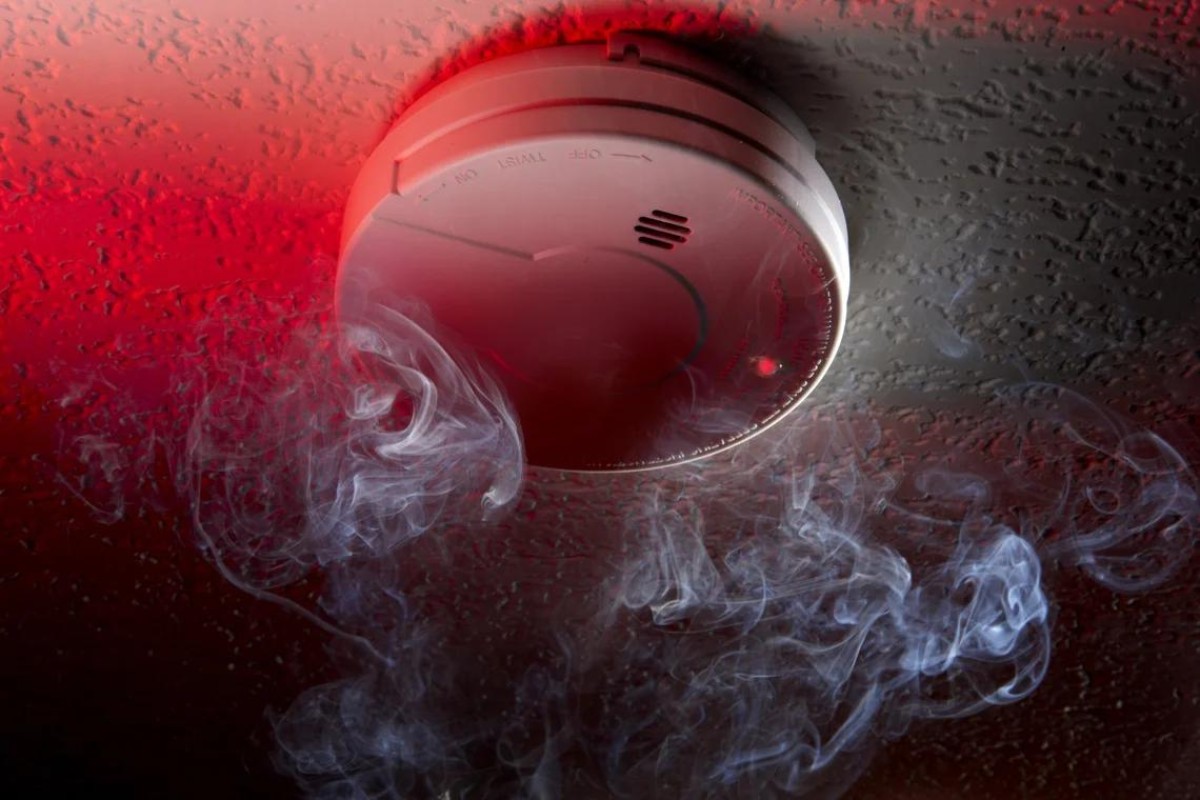

Articles
How Much Smoke Is Needed To Trigger A Smoke Detector?
Modified: August 20, 2024
Discover how much smoke is required to activate a smoke detector in this informative articles. Stay informed and keep your home safe.
(Many of the links in this article redirect to a specific reviewed product. Your purchase of these products through affiliate links helps to generate commission for Storables.com, at no extra cost. Learn more)
Introduction
Smoke detectors are a vital part of any home or building’s safety system. These small devices have saved countless lives by providing early warning in the event of a fire. But have you ever wondered how much smoke is needed to trigger a smoke detector?
In this article, we will explore the science behind smoke detection and dig into the factors that influence when a smoke detector is activated. We will also discuss the testing and certification standards that ensure reliable and accurate smoke detection. So, let’s dive in and uncover the mysteries of smoke detection!
Key Takeaways:
- Understanding the basic working principle of smoke detectors and the factors influencing their detection capabilities is crucial for maximizing their effectiveness in providing early warning and potentially saving lives in the event of a fire.
- Regular maintenance and testing of smoke detectors are vital to ensure their reliability, prevent false alarms, extend their lifespan, and comply with safety regulations, ultimately contributing to enhanced fire safety and protection.
Basic Working Principle of Smoke Detectors
Smoke detectors operate on a fairly simple principle: they detect the presence of smoke particles in the air. This detection is made possible through the use of specialized sensors, such as ionization and photoelectric sensors.
Ionization smoke detectors work by using a small amount of radioactive material, typically Americium-241, to ionize the air inside the detector. When smoke enters the chamber, it disrupts the ionization process, triggering the alarm. These types of detectors are highly effective at detecting fast-burning fires and small smoke particles.
On the other hand, photoelectric smoke detectors use a light source and a light-sensitive sensor. When smoke enters the chamber, it scatters the light and causes it to be detected by the sensor, which then triggers the alarm. This type of detector is particularly good at detecting smoldering fires and larger, visible smoke particles.
Both ionization and photoelectric smoke detectors have their strengths and weaknesses, which is why a combination of the two types is often recommended for optimal fire detection coverage. Some modern smoke detectors even combine both types of sensors into a single unit for increased effectiveness.
It’s important to note that smoke detectors do not directly detect flames or heat. Instead, they rely on the presence of smoke, which is often the earliest sign of a fire. By detecting smoke early on, these devices provide valuable time for occupants to evacuate safely or take appropriate fire safety measures.
The working principle of smoke detectors revolves around the detection of smoke particles in the air. When these particles are detected, the alarm is triggered, alerting occupants of the potential danger and giving them precious time to escape.
Factors Affecting Smoke Detection
Several factors can influence the effectiveness and reliability of smoke detection in smoke detectors. Understanding these factors is crucial for ensuring optimal performance and early detection of fires. Let’s explore some of the key factors:
- Distance from the smoke source: The distance between the smoke detector and the source of smoke plays a significant role in detection. The closer the smoke is to the detector, the quicker it can trigger the alarm. It is important to strategically place smoke detectors throughout the building to ensure coverage in all areas.
- Type and density of smoke particles: Different types of fires produce varying amounts and types of smoke particles. Fast-burning fires may produce smaller, lighter smoke particles that can be quickly detected by ionization smoke detectors. On the other hand, smoldering fires may produce larger, denser smoke particles that are easily detected by photoelectric smoke detectors. Having a combination of both types of detectors helps to detect a wider range of smoke particles.
- Air circulation and ventilation: The airflow within a room or building can affect the movement and concentration of smoke particles. Proper ventilation helps disperse smoke, potentially making it more challenging for smoke detectors to detect low levels of smoke. In areas with high airflow or ventilation, it is advised to install additional smoke detectors to compensate.
- Obstacles and barriers: Objects, such as walls, furniture, or curtains, can obstruct the path of smoke particles to the smoke detector. This can delay the detection time or even prevent the smoke from reaching the detector altogether. It is important to ensure that smoke detectors are not obstructed by any barriers and that they have a clear line of sight to the potential smoke source.
- Proper installation and maintenance: Smoke detectors should be installed according to the manufacturer’s guidelines to ensure optimal performance. Regular maintenance, including cleaning and testing, is crucial to keep the detectors in proper working condition. Obstructed sensors or low battery levels can significantly affect the detector’s ability to detect smoke.
By considering these factors and implementing appropriate measures, such as proper installation and maintenance, it is possible to maximize the performance and effectiveness of smoke detectors, ensuring early and reliable detection of smoke.
Threshold Smoke Level for Triggering a Smoke Detector
Smoke detectors are designed to activate when the concentration of smoke particles in the air reaches a certain threshold. This threshold is set to ensure early detection of a fire while minimizing false alarms. However, the exact threshold smoke level can vary depending on the type and model of the smoke detector.
The sensitivity of smoke detectors is typically measured in terms of “obs/m” or “obs/ft” (obscurations per meter or foot). An obscuration refers to the amount of smoke blocking light in a given area. Generally, the higher the obscuration level, the denser the smoke, and the quicker the smoke detector will trigger its alarm. Different smoke detectors have different sensitivity settings to accommodate various fire scenarios and minimize false alarms.
For example, most smoke detectors are calibrated to trigger an alarm when the smoke obscuration level reaches around 0.1 to 0.2 obs/m (or 1 to 2 obs/ft). This level of smoke is equivalent to the density of smoke commonly present during the early stages of a fire.
It’s important to note that smoke detectors are designed to respond to a progressive increase in smoke density rather than an immediate spike. This design prevents false alarms caused by brief smoke events, such as cooking smoke or steam from hot showers. However, it also means that smoke detectors may take a few moments to trigger an alarm, especially during the initial stages of a fire.
The threshold smoke level for triggering a smoke detector may be influenced by external factors, such as temperature, humidity, and air quality. Extreme temperatures, high humidity levels, or poor air quality can affect the sensitivity and performance of smoke detectors. It is essential to follow the manufacturer’s recommendations for installation and operating conditions to ensure reliable smoke detection.
Additionally, it’s worth noting that individual smoke detectors may have different response times and threshold levels within a building. This is why it is crucial to have multiple smoke detectors strategically placed throughout a structure to provide comprehensive coverage and increase the chances of early detection.
By ensuring proper installation, regular maintenance, and understanding the threshold smoke level for triggering a smoke detector, we can rely on these life-saving devices to provide early warning and help keep us safe in the event of a fire.
Regularly test your smoke detector by using a small amount of smoke from a blown-out candle or a smoke detector test spray. This will ensure it is working properly and sensitive enough to detect a fire.
Testing and Certification Standards for Smoke Detectors
Smoke detectors play a critical role in fire safety, and to ensure their reliability and effectiveness, they undergo rigorous testing and certification processes. These standards help guarantee that smoke detectors meet certain criteria and perform consistently across different brands and models. Let’s explore some of the key testing and certification standards for smoke detectors:
- UL 217 Standard: The UL 217 standard is one of the most widely recognized testing standards for smoke detectors. It evaluates the detection capabilities of both ionization and photoelectric smoke detectors. This standard measures the sensitivity, false alarm resistance, and response time of the detectors.
- EN 54 Standard: The EN 54 standard is a European standard that specifies the requirements for fire detection and fire alarm systems. It includes provisions for the testing and certification of smoke detectors. The EN 54 standard covers aspects such as function, reliability, environmental conditions, and performance characteristics of smoke detectors.
- NFPA 72: The National Fire Alarm and Signaling Code, also known as NFPA 72, is an important standard governing fire alarm systems, including smoke detectors, in the United States. It provides guidelines for the proper installation, testing, and maintenance of fire detection systems to ensure their reliable operation.
- ISO 7240 Standard: The ISO 7240 standard provides guidelines for the design, installation, commissioning, and maintenance of fire detection and alarm systems. It covers various aspects of fire detection, including smoke detectors and their testing requirements.
- Manufacturer’s Certification: In addition to the industry standards, smoke detectors must also adhere to specific certification requirements set by the manufacturers. Manufacturers conduct their own testing and evaluation processes to ensure compliance with international and regional standards.
Meeting these testing and certification standards demonstrates that a smoke detector has been thoroughly evaluated and meets specific performance criteria. It gives users confidence in the reliability and effectiveness of the device in detecting and alerting to the presence of smoke.
When purchasing a smoke detector, it is important to look for certifications and labels that indicate compliance with the relevant standards. Common certifications include UL Listed, CE Marking, and EN 54 compliance. These certifications assure buyers that the smoke detector has undergone rigorous testing and meets the necessary safety and performance requirements.
Regular testing and maintenance of smoke detectors in accordance with the manufacturer’s recommendations are also essential to ensure that the devices remain in proper working condition and perform as intended when needed. This includes regular cleaning, battery replacement, and functional testing.
By adhering to testing and certification standards and conducting proper maintenance, we can rely on smoke detectors as a crucial component of our fire safety systems, providing early warning and potentially saving lives in the event of a fire.
Real-World Scenarios and Smoke Detection
Smoke detectors are designed to detect the presence of smoke and provide early warning of a potential fire. In real-world scenarios, smoke detectors have proven to be essential in saving lives and minimizing property damage. Let’s explore some common scenarios where smoke detection plays a vital role:
- Residential Homes: Smoke detectors in residential homes are often the first line of defense against fires. They can alert occupants to a fire in its early stages, giving them valuable time to escape and contact emergency services. Smoke detectors should be installed in every bedroom, common areas, and on each level of the home to ensure comprehensive coverage.
- Commercial Buildings and Offices: In large commercial buildings and offices, smoke detectors are crucial for evacuating the premises quickly and safely. They help alert occupants to the presence of smoke, allowing for a swift response and ensuring that emergency protocols are followed. Regular testing and maintenance of smoke detectors in these environments are essential to ensure proper functioning.
- Hospitals and Healthcare Facilities: Smoke detectors play a vital role in hospitals and healthcare facilities where the safety and well-being of patients are paramount. Reliable smoke detection is crucial for the protection of vulnerable individuals and the prevention of any potential fire-related accidents or emergencies.
- Hotels and Hospitality Industry: Hotels and other hospitality establishments heavily rely on smoke detectors to ensure the safety and well-being of their guests. Quick detection and evacuation are essential in these locations, where large numbers of people may be present. Regular maintenance and testing of smoke detectors are critical to avoid false alarms and to guarantee the uninterrupted functionality of the devices.
- Industrial Facilities and Manufacturing Plants: Highly specialized smoke detection systems are often implemented in industrial facilities and manufacturing plants. These systems may include advanced detection technologies, such as air sampling systems, to ensure early detection of smoke or hazardous particles. The use of robust and properly maintained smoke detection systems is crucial in these environments to safeguard employees, minimize accidents, and protect valuable assets.
In all these scenarios, the effectiveness of smoke detection relies on the proper installation, regular maintenance, and adherence to industry standards. Building codes often require specific placement and quantity of smoke detectors to ensure optimal coverage and compliance with safety regulations.
In addition to smoke detectors, interconnected fire alarm systems can further enhance safety by providing notification to the entire building or facility when smoke is detected in one area. This interconnected system allows for a coordinated response and ensures that all individuals are informed of potential dangers promptly.
It is important to remember that smoke detectors are not foolproof and should not be solely relied upon for fire safety. Other fire prevention and safety measures, such as the presence of fire extinguishers, evacuation plans, and fire safety education, should also be implemented to create a comprehensive fire safety strategy.
By incorporating smoke detectors into our daily lives and ensuring their proper functioning, we create a safer environment for ourselves, our families, and our communities. These small devices make a big difference in preventing fires from turning into catastrophic events.
Importance of Regular Maintenance and Testing
Regular maintenance and testing of smoke detectors are vital to ensure their reliability and effectiveness in detecting smoke and providing early warning of a potential fire. Here are some key reasons why regular maintenance and testing are crucial:
- Ensuring Proper Functioning: Regular maintenance and testing help to ensure that smoke detectors are in proper working condition. Dust, debris, or insects may accumulate over time, obstructing the sensors and affecting their performance. By regularly cleaning the detectors, you can remove any potential obstructions and maintain their sensitivity.
- Preventing False Alarms: Smoke detectors that are not properly maintained may produce false alarms, causing unnecessary panic and disruption. Regular testing of smoke detectors enables you to verify their operational status and promptly address any issues. It allows you to identify false alarms caused by faulty detectors or low battery levels, reducing inconvenience and ensuring the detectors are reliable when needed.
- Extending Lifespan: Proper maintenance can significantly extend the lifespan of smoke detectors. Regularly replacing batteries, cleaning the detectors, and inspecting for any signs of wear and tear helps keep the devices functioning optimally. This reduces the need for frequent replacements and ensures continuous protection over an extended period.
- Compliance with Regulations: Many building codes and regulations require regular maintenance and testing of smoke detectors. Failure to comply with these requirements may result in penalties or may even render insurance policies void in the event of a fire. Regularly maintaining and testing smoke detectors helps ensure compliance with safety regulations and provides peace of mind.
- Early Detection and Increased Safety: Smoke detectors are designed to detect the presence of smoke at the earliest stages of a fire. By regularly testing and maintaining these devices, you increase the likelihood of early detection, giving occupants more time to evacuate and preventing potentially devastating consequences. Regular maintenance is crucial in ensuring that smoke detectors are ready to perform their life-saving function when emergencies arise.
To effectively maintain and test smoke detectors, follow these guidelines:
- Regularly clean the detectors using a soft brush or vacuum attachment to remove dust and debris.
- Replace batteries at least annually, or as recommended by the manufacturer.
- Test smoke detectors by pressing the test button and verifying that the alarm sounds.
- Ensure that smoke detectors have not expired, as they may lose their effectiveness over time.
- Inspect the detectors for any signs of damage or deterioration and replace as necessary.
It is also advisable to keep a record of maintenance and testing activities, including the date of testing and any issues encountered. This documentation can be helpful for future reference and when demonstrating compliance with regulations or insurance requirements.
By prioritizing regular maintenance and testing, you can ensure that your smoke detectors are reliable, functioning optimally, and ready to safeguard lives and property in the event of a fire.
Conclusion
Smoke detectors are an essential component of fire safety, providing early warning and potentially saving lives in the event of a fire. Understanding the basic working principle of smoke detectors and the factors that affect their detection capabilities is key to ensuring their effectiveness. By strategically placing smoke detectors, considering factors such as distance from the smoke source and the type and density of smoke particles, we can maximize their performance.
Testing and certification standards, such as UL 217 and EN 54, guarantee that smoke detectors meet specific criteria and perform reliably. Compliance with these standards, along with regular maintenance and testing, ensures the longevity and proper functioning of smoke detectors.
In real-world scenarios, smoke detectors prove their worth time and time again. From residential homes to commercial buildings, hospitals, hotels, and industrial facilities, smoke detectors play a crucial role in detecting smoke and providing early warning, enabling quick evacuation and minimizing damage and loss.
The importance of regular maintenance and testing cannot be overstated. It ensures the proper functioning of smoke detectors, prevents false alarms, extends their lifespan, and ensures compliance with regulations. By following maintenance guidelines and conducting regular testing, we can rely on smoke detectors to detect smoke accurately and keep us safe.
In conclusion, smoke detectors are invaluable devices that contribute significantly to fire safety. By understanding their working principles, adhering to testing and certification standards, and undertaking regular maintenance and testing, we can maximize their effectiveness and protect ourselves and our loved ones from the devastating effects of fire.
Frequently Asked Questions about How Much Smoke Is Needed To Trigger A Smoke Detector?
Was this page helpful?
At Storables.com, we guarantee accurate and reliable information. Our content, validated by Expert Board Contributors, is crafted following stringent Editorial Policies. We're committed to providing you with well-researched, expert-backed insights for all your informational needs.
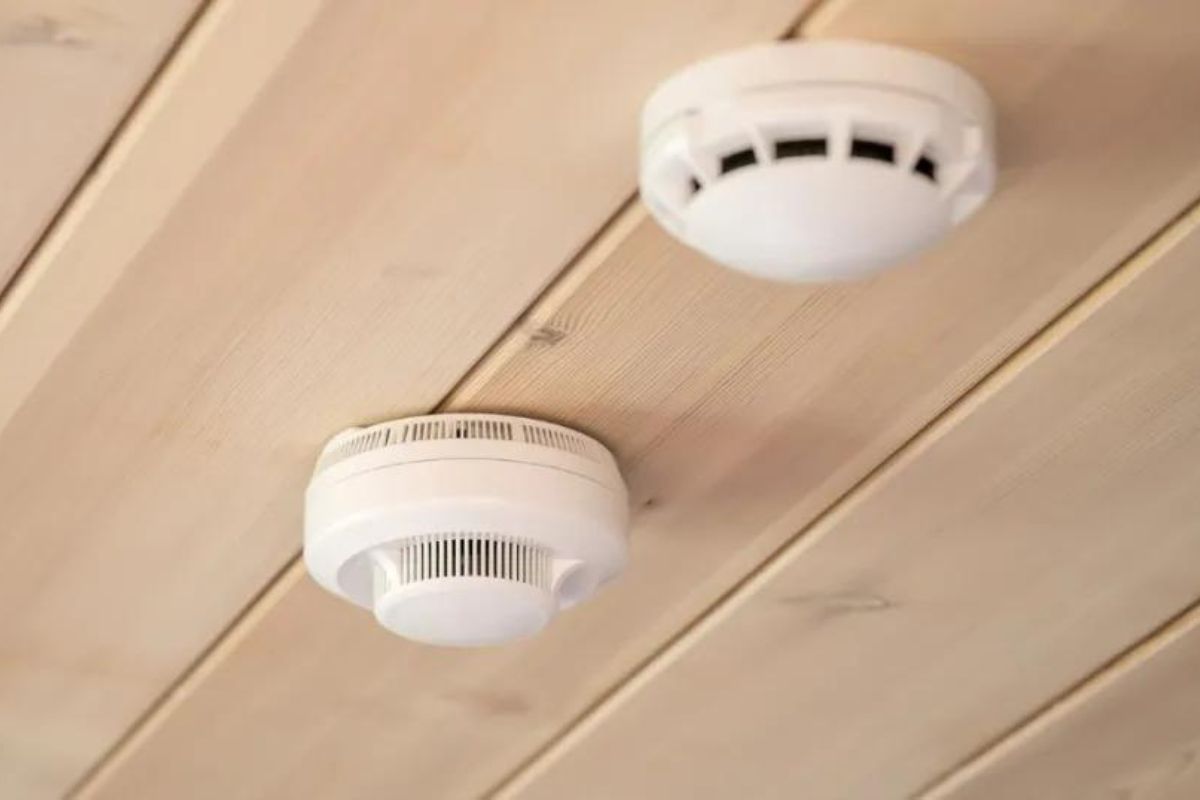
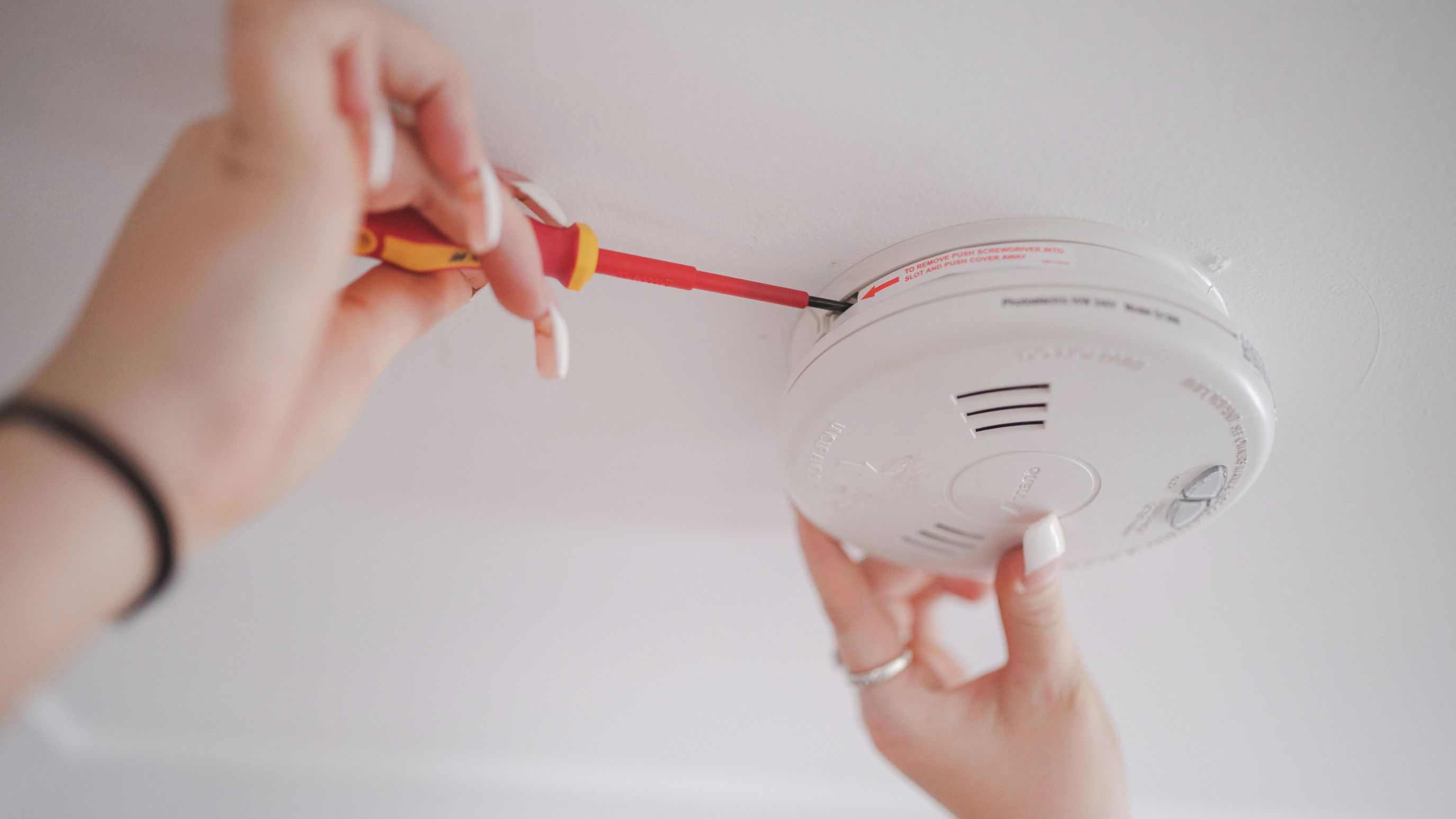
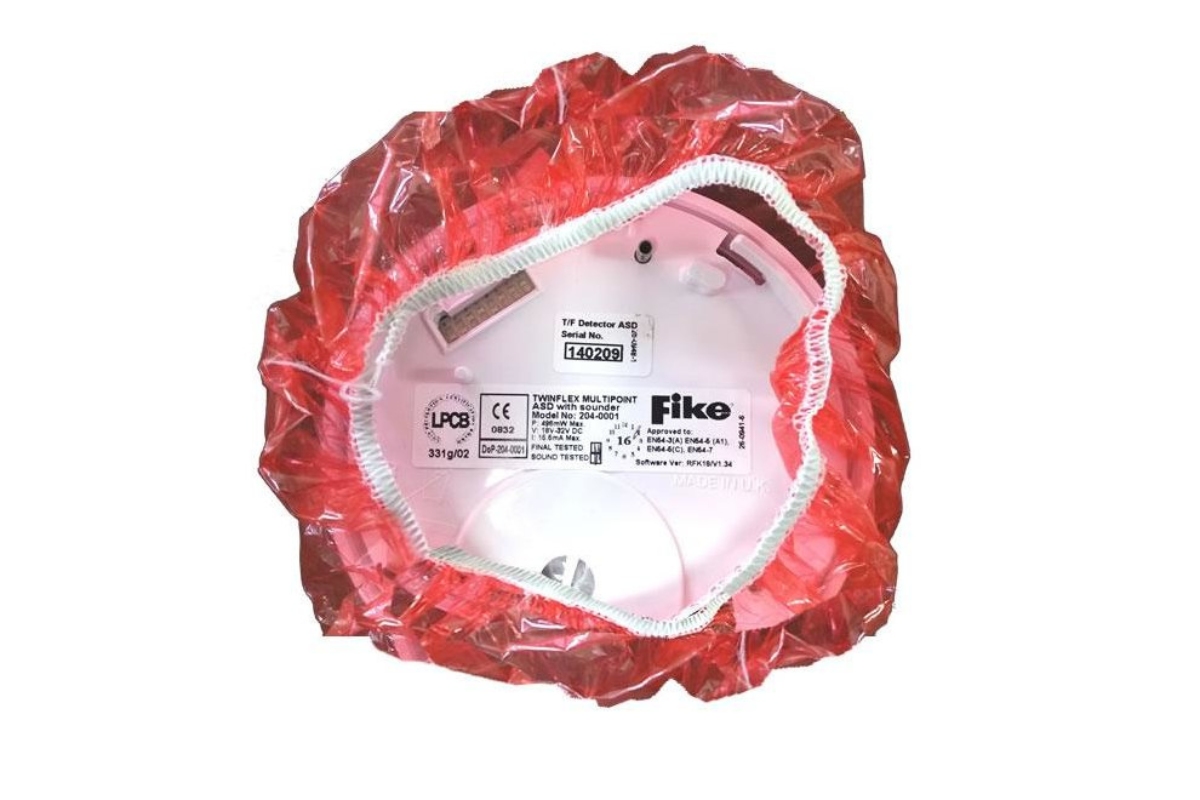
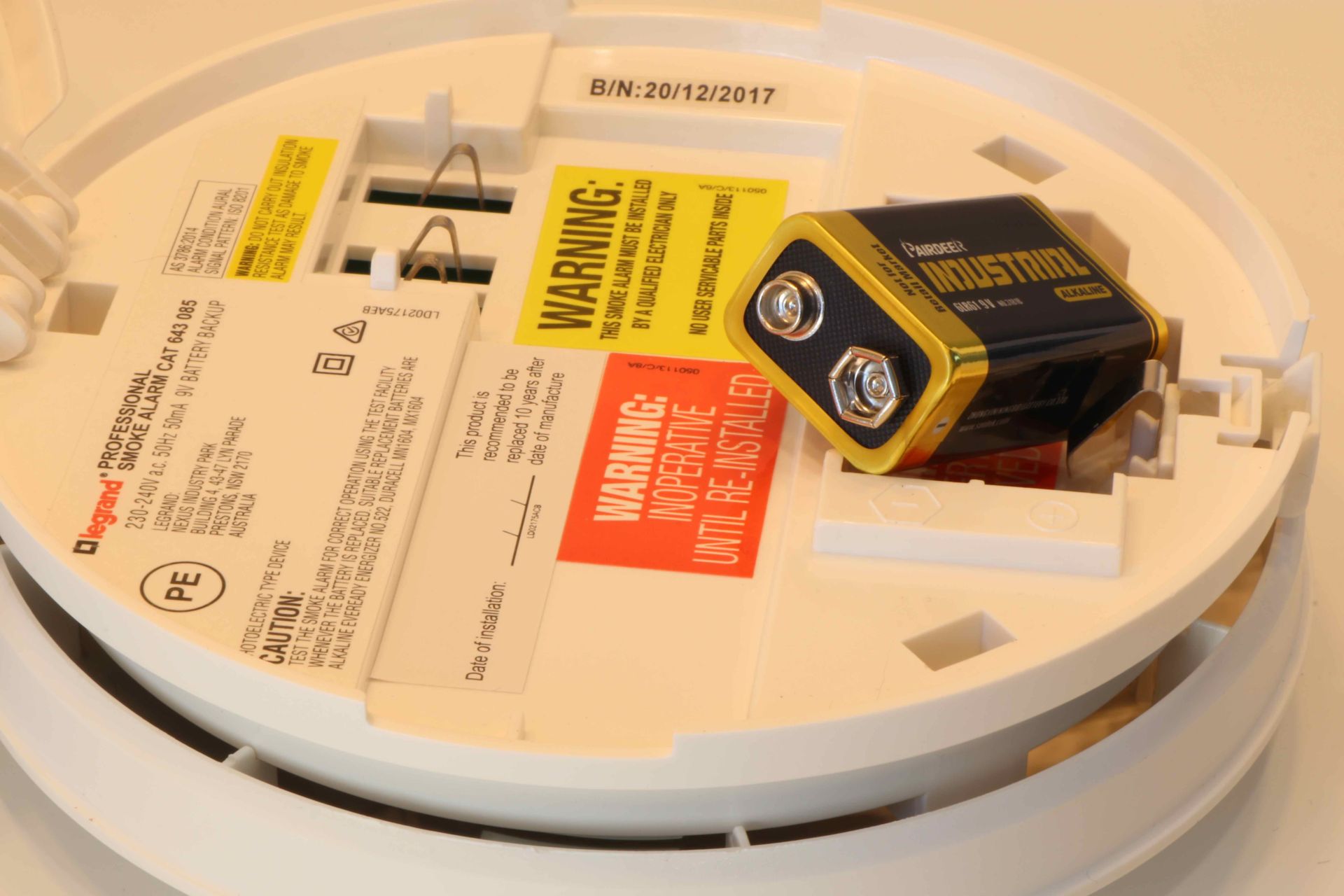
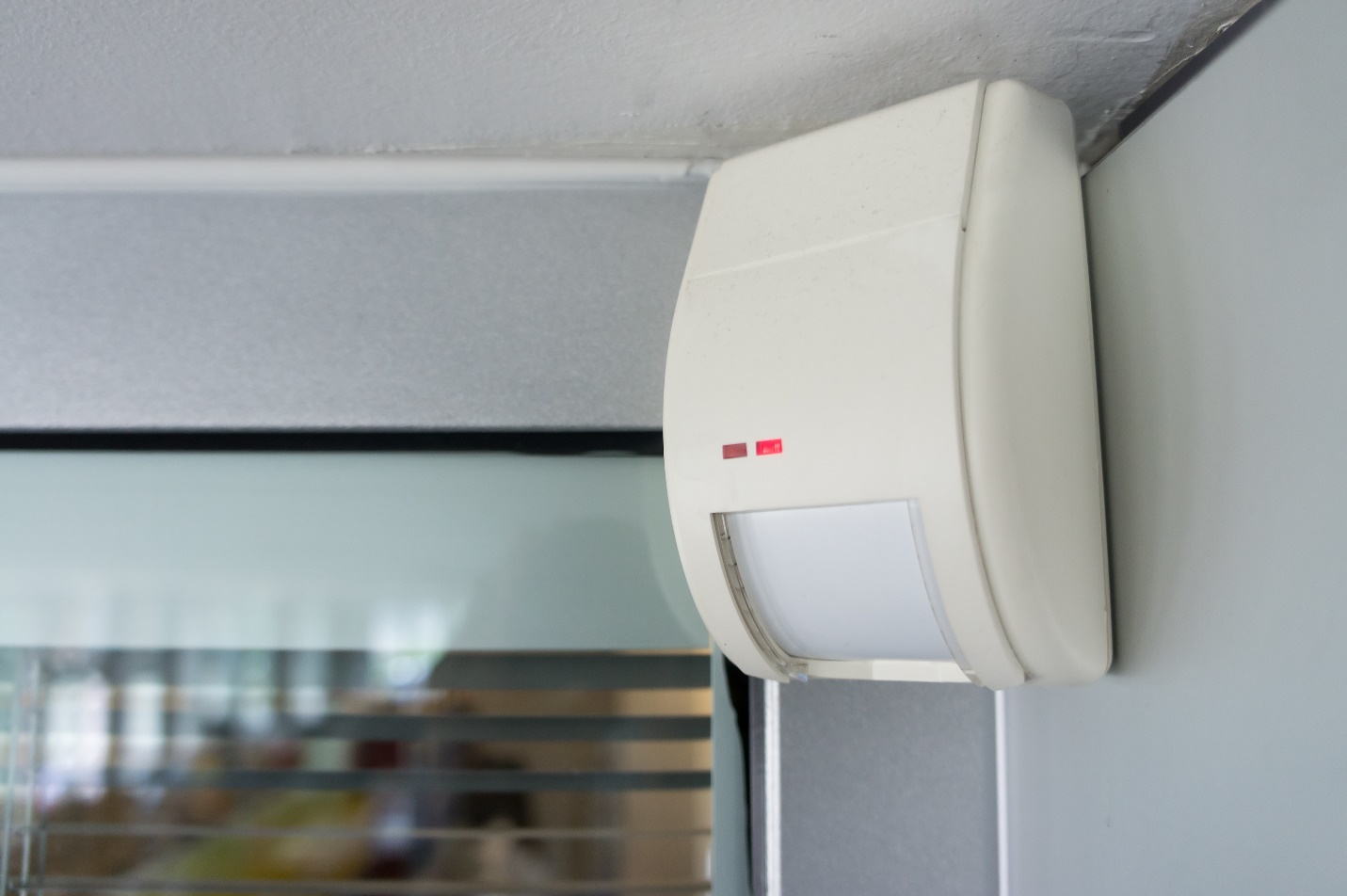
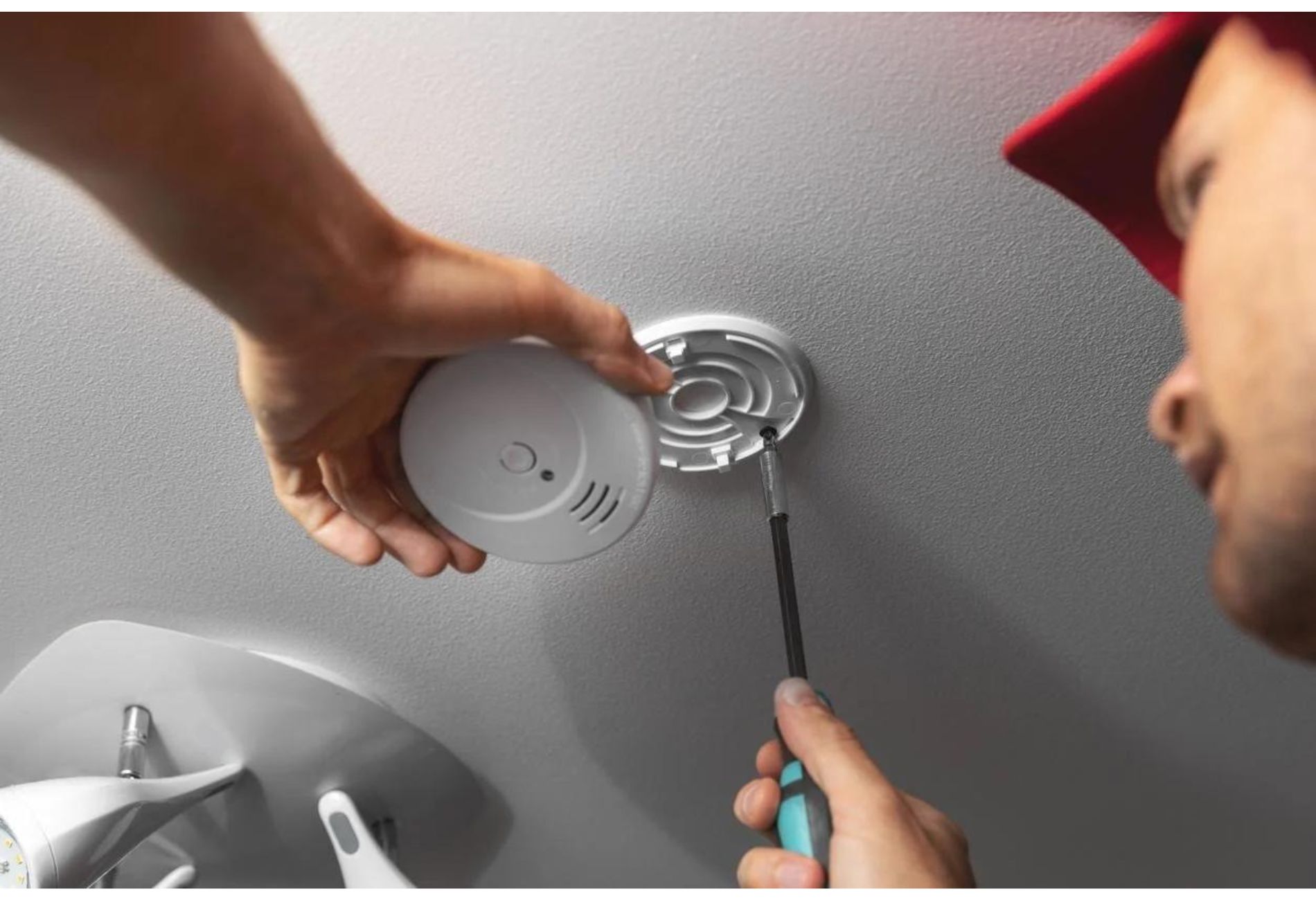
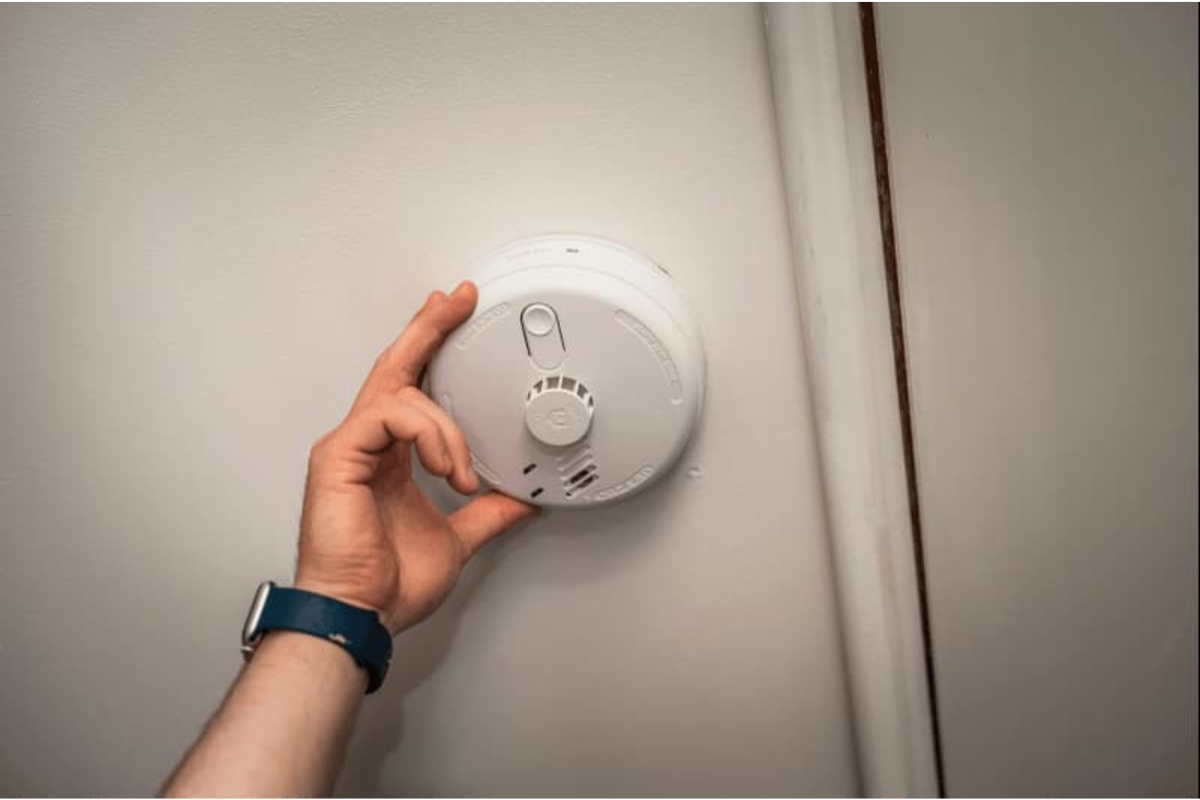

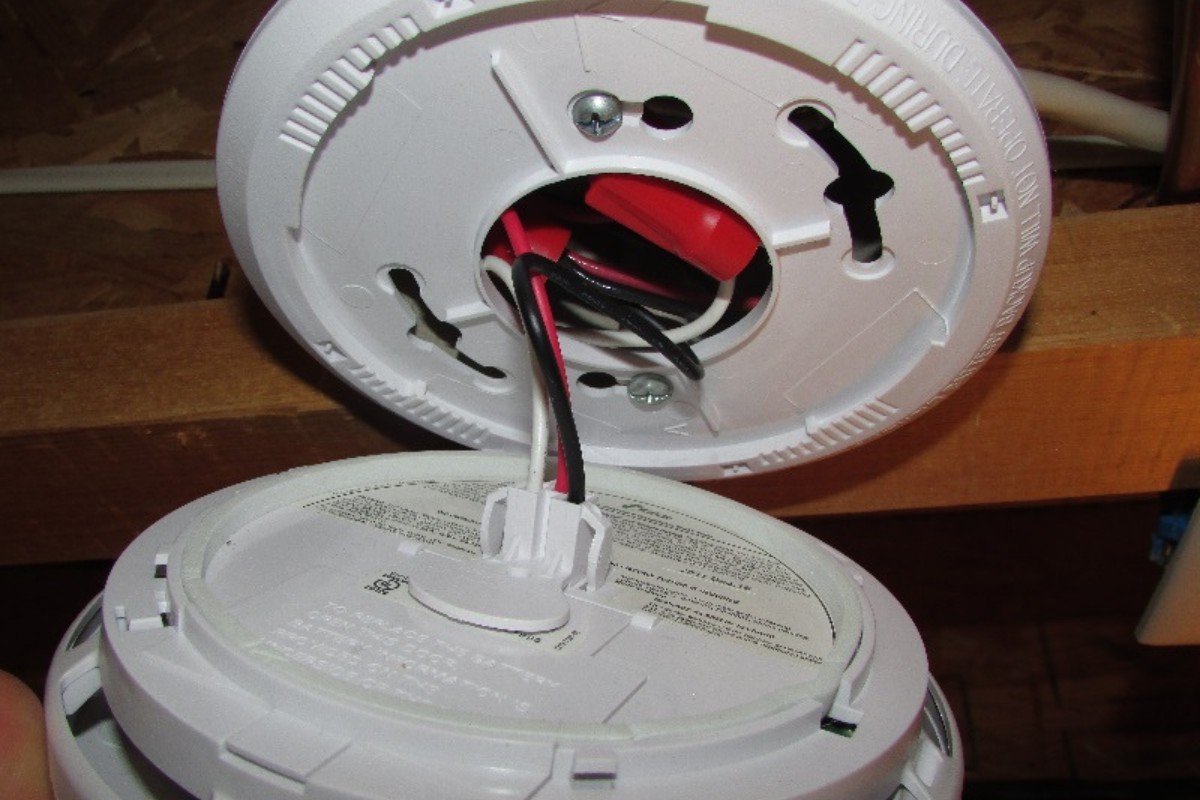
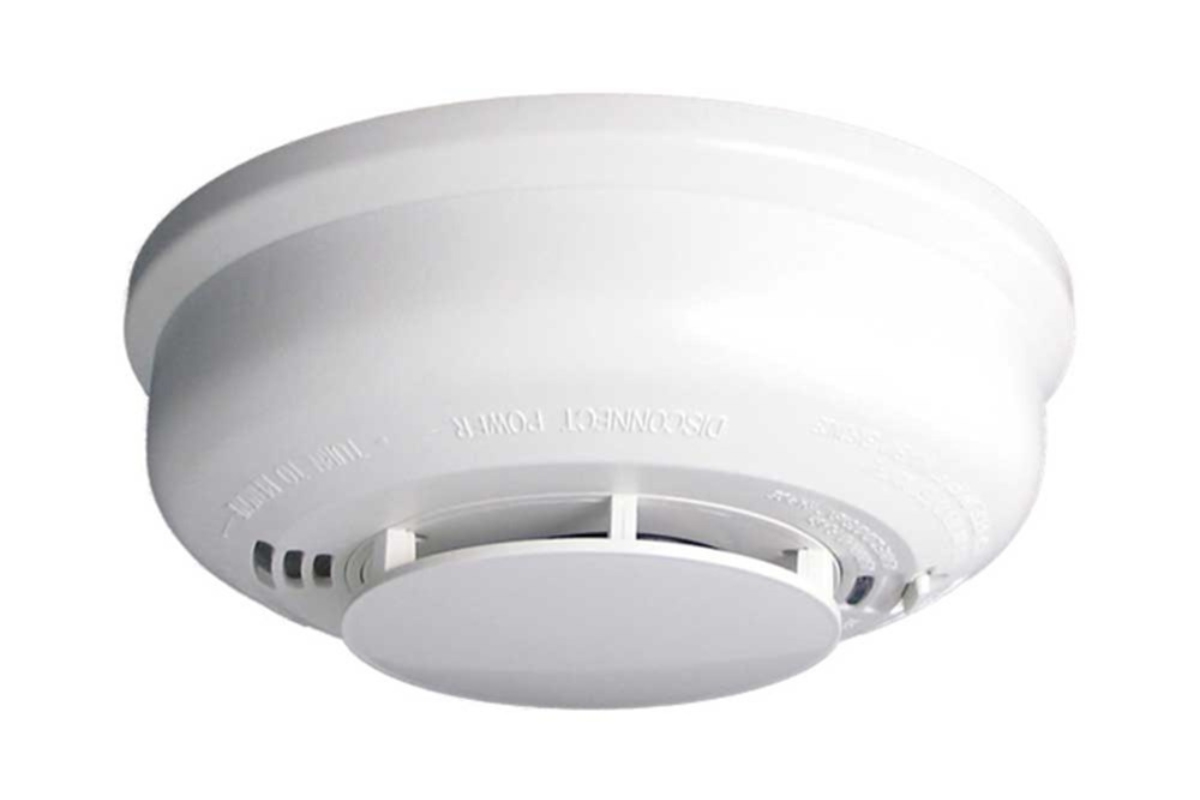
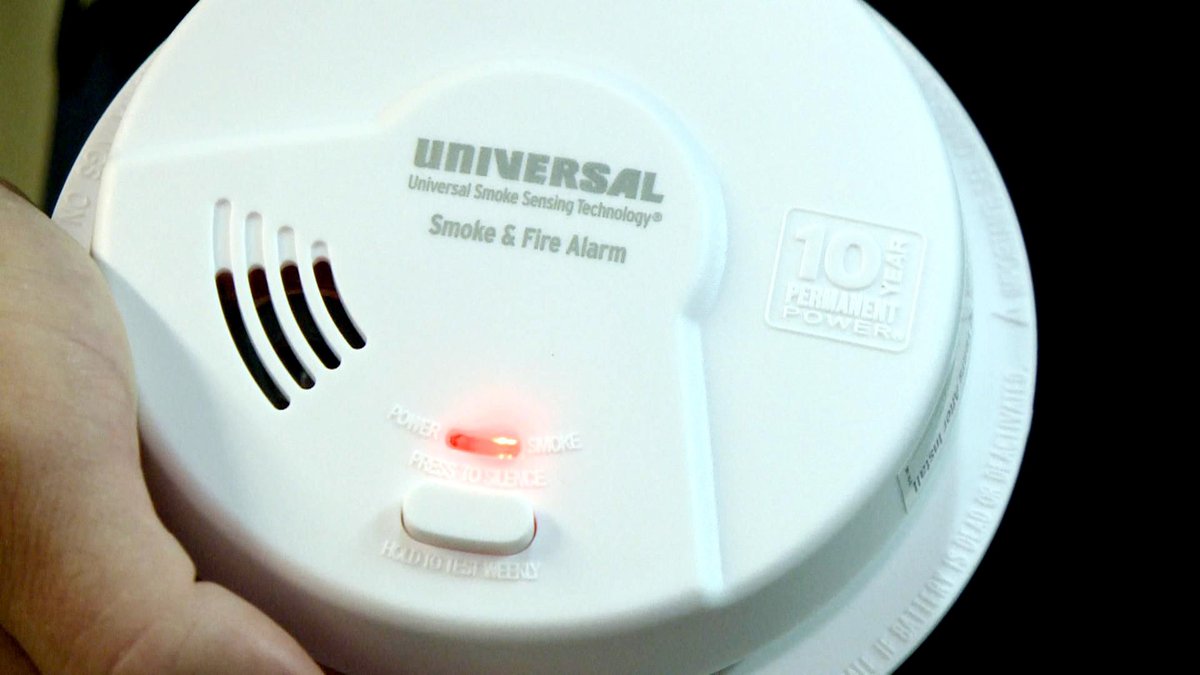
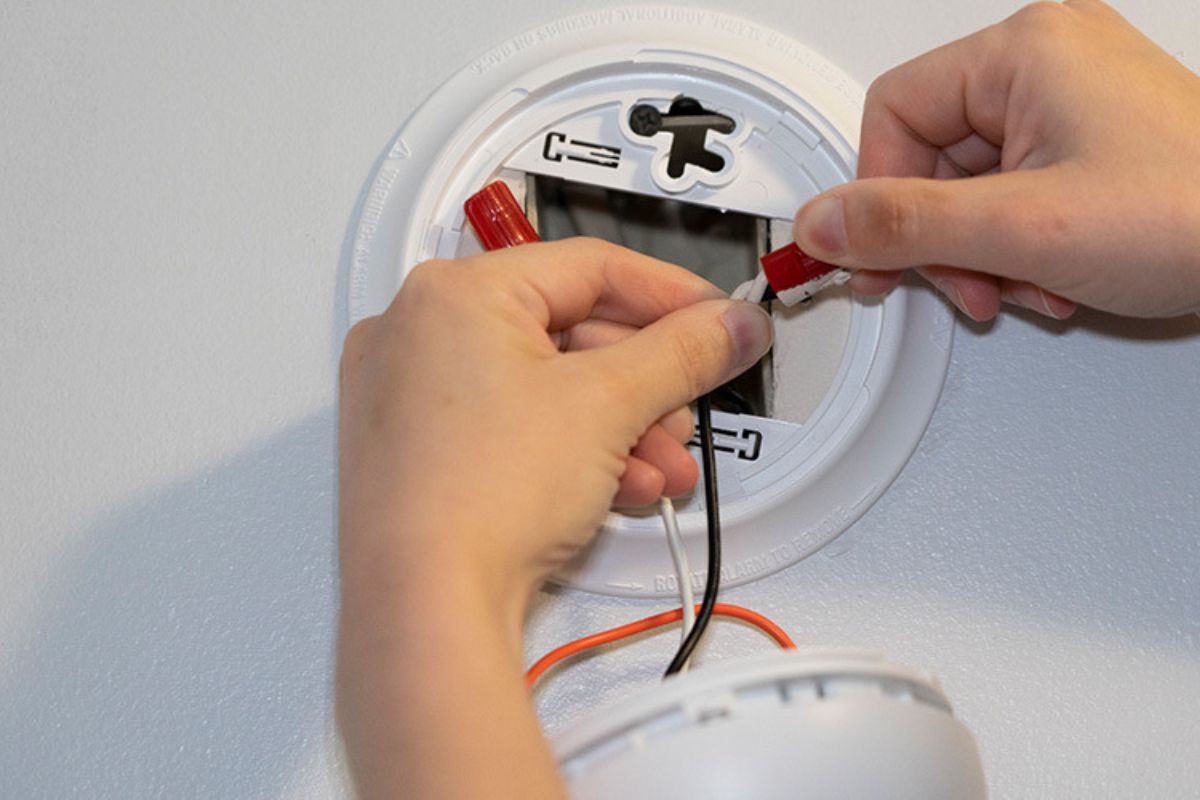
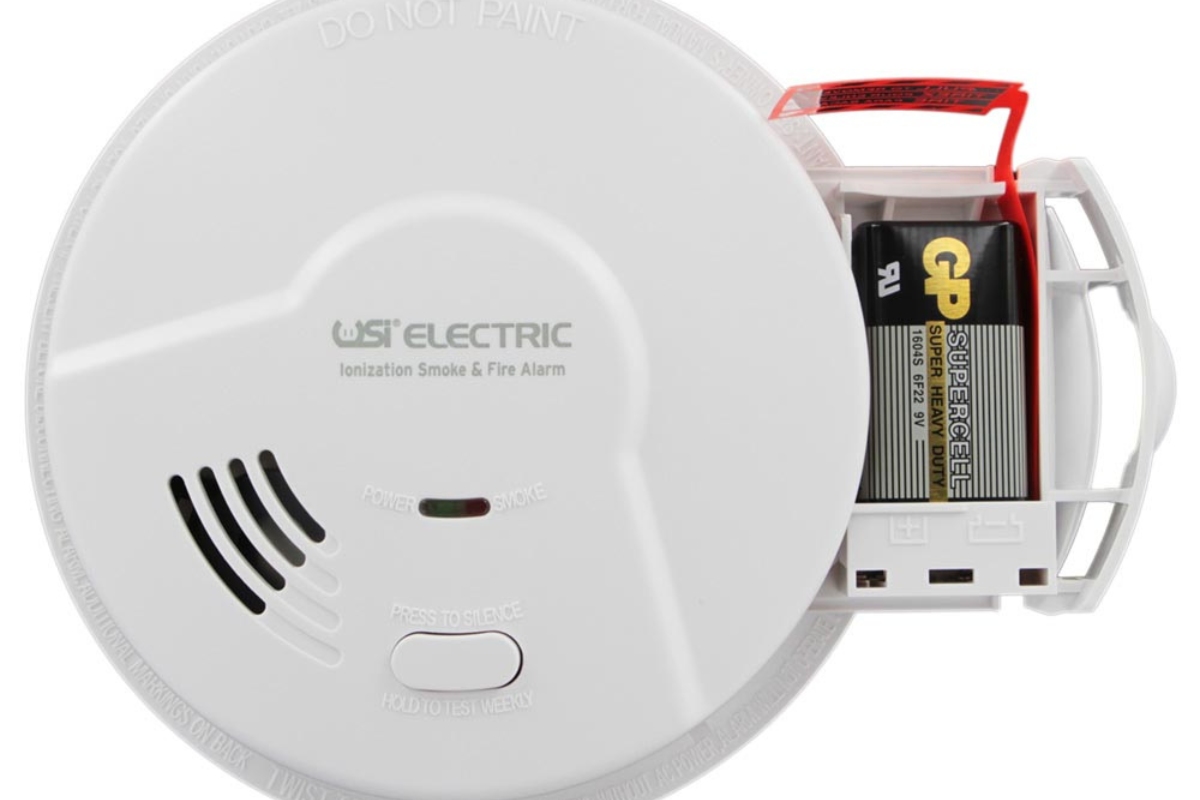
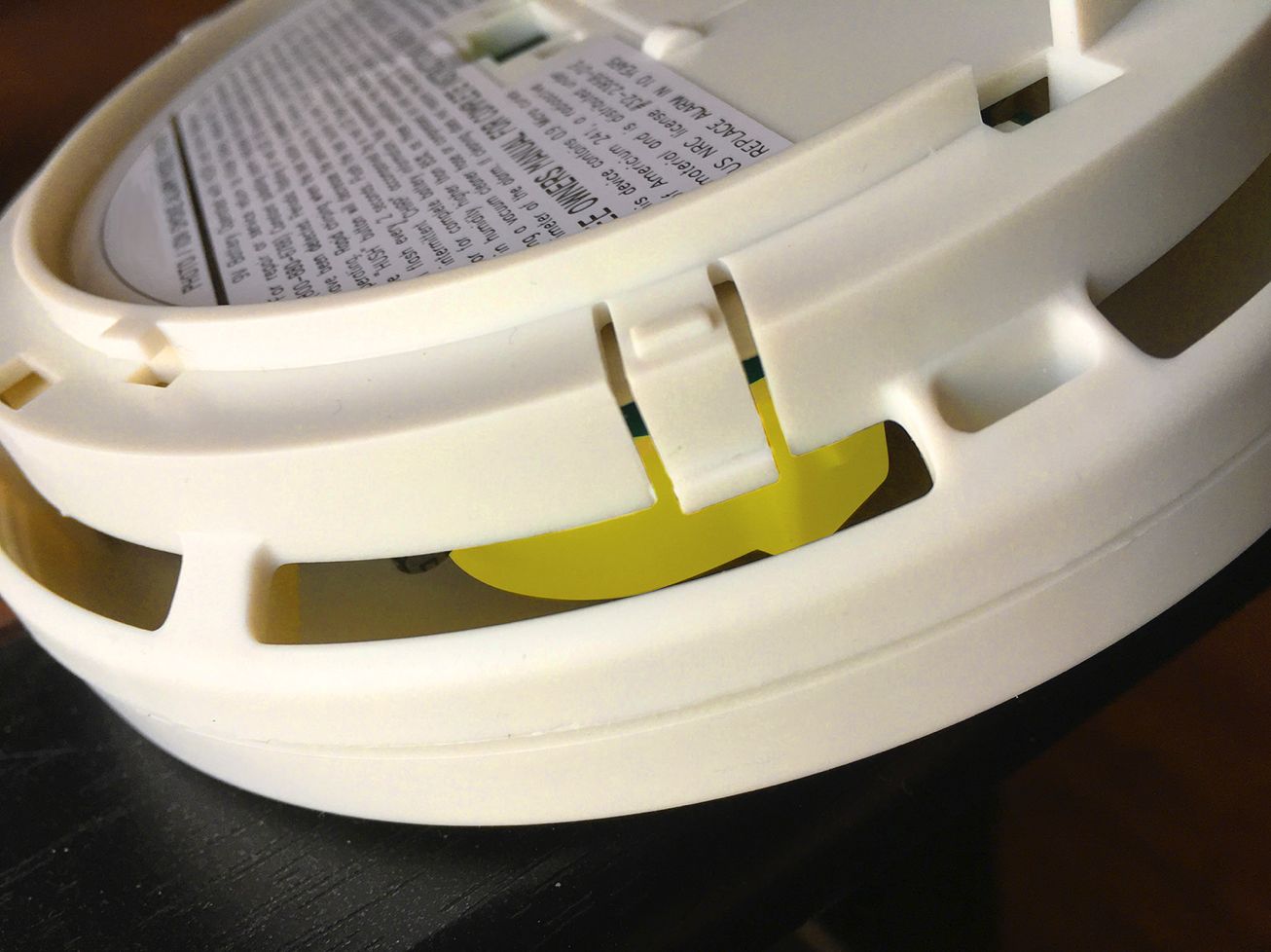

0 thoughts on “How Much Smoke Is Needed To Trigger A Smoke Detector?”